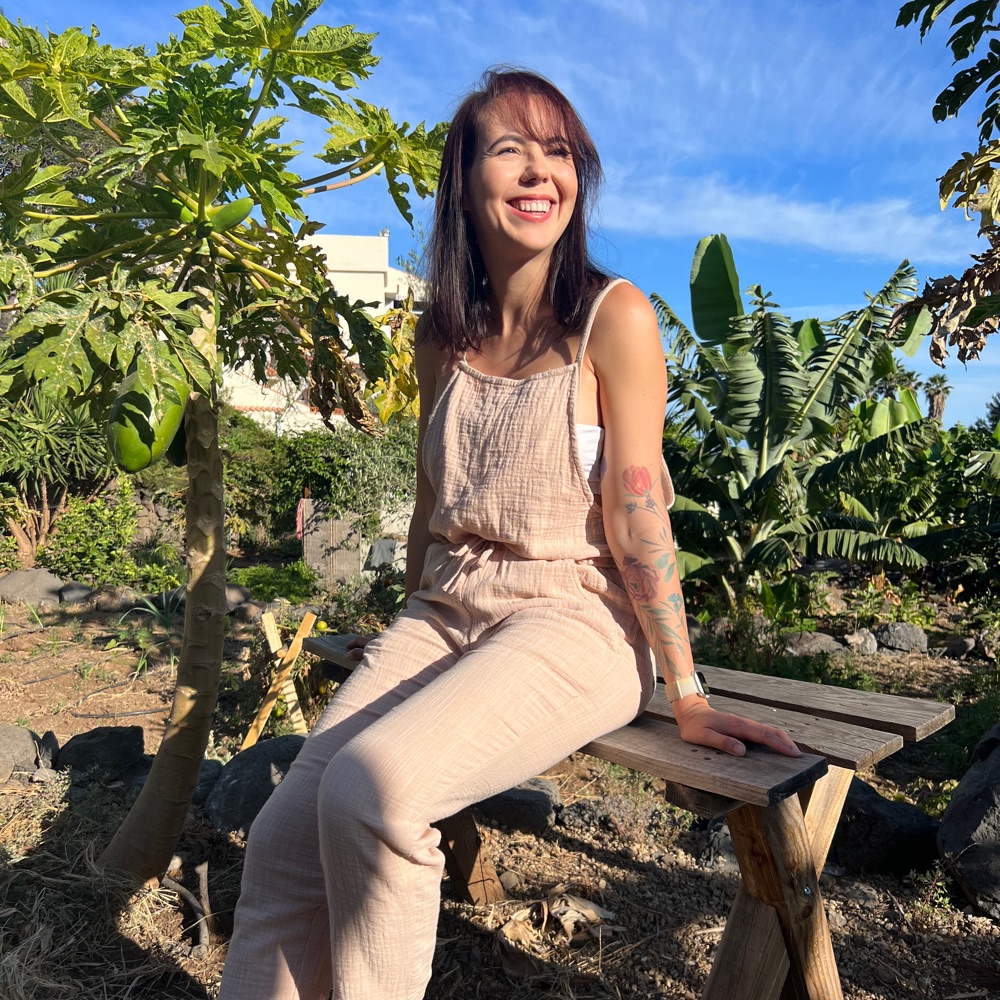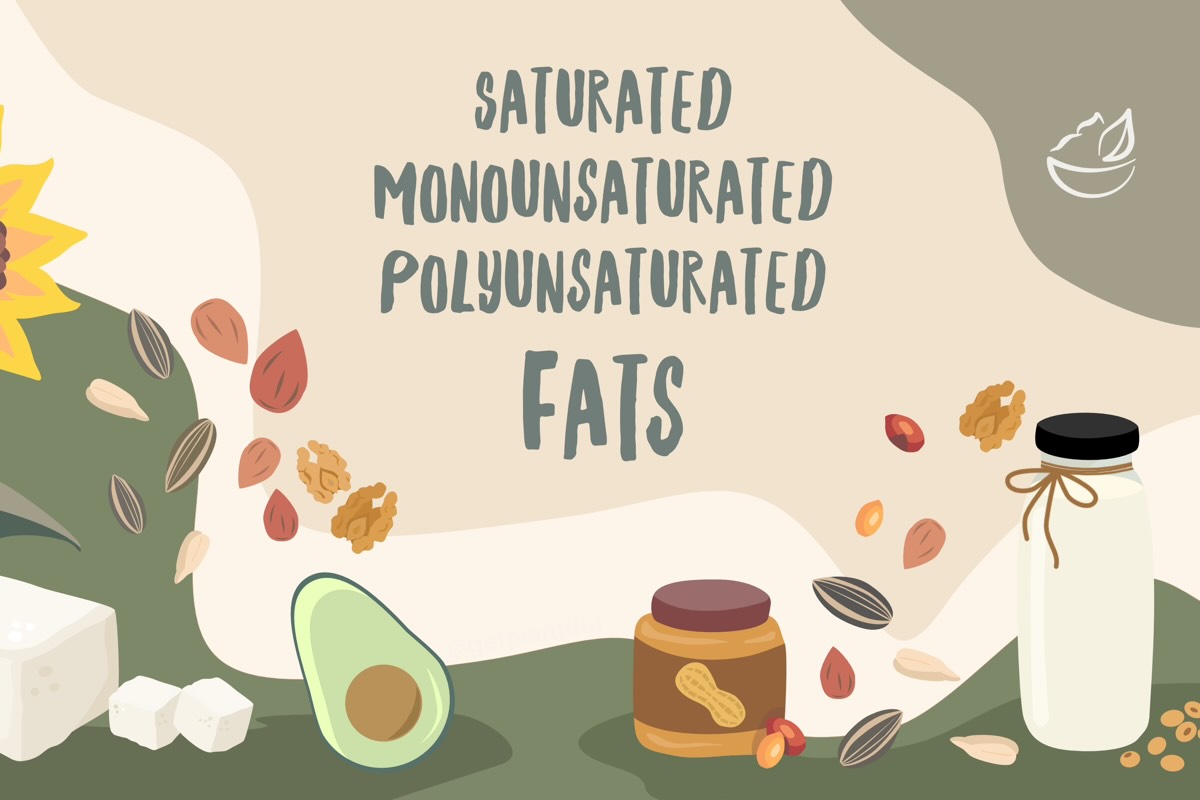Wondering what are the pre-, pro-and postbiotics? What impact do they have on your health?
If yes, then you’ve come to the right place! In this blog, we’re going to break them down for you.
Pre, Pro, Post: All three not only sound similar but also tend to work somewhat along the same lines too, with incredible health benefits — for a healthier version of yourself!
So, if you ask us — Does your body require all three? The answer would be a most definitive “yes”! WHY? Here’s biology you should know before we get started:
- A diverse and healthy microbiome is essential for good health.
- Probiotics are good bacteria living in your body; a well-known place where they can be found is the gut.
- Prebiotics are fuel for the good bacteria in your gut (for the probiotics).
- Postbiotics are beneficial compounds produced by the probiotics.
- We all have different and unique microbiomes, so you need to know the best way to nurture yours. In very simple terms, the probiotics feed on prebiotics and produce postbiotics in the process. Without further ado, let’s break it down!
Prebiotics: The Fuel For Your Microbes
These are the nutrients in your food that your body cannot digest on its own and help promote the good bacteria in your gut by feeding them.
Prebiotics are typically a form of dietary fibres. The human body cannot break down fibers from food, so they pass undigested from the lower intestine to the colon where they feed and promote the growth of the good bacteria.
To know more about how fibre helps your body and how you can add some rich fibre sources to your diet, check out our blog here.
How Can You Add Prebiotics To Your diet?
Consume a lot of plant-based foods! Yes, plant-based foods can give you a great kickstart for increasing your prebiotic intake. Plant fibers make up the majority of prebiotic molecules.
Some Of The Common Prebiotic Molecules That Stimulate Microbes Are:
Fructooligosaccharides (FOS): food sources such as onion, garlic, leeks, bananas, asparagus, etc. are rich in FOS.
Galactooligosaccharides (GOS): legumes such as chickpeas and lentils contain GOS in a good amount.
Beta Glucan: found in food sources such as mushrooms, oats and other whole grains
Inulin: found in onion, garlic, bananas, etc.
Probiotics: The Factory Workers
These are the ‘live bacteria’ that eat prebiotics and produce metabolites, supporting your health in a wide variety of ways.
It helps restore your intestinal health, strengthen your immune system by increasing the diversity of bacteria in your gut. In addition, it also helps restrict the growth of pathogenic germs, which further aids in assisting digestion.
How Can You Add Probiotics To Your Diet?
These are found in fermented foods such as yoghurt, kefir, kimchi, and sauerkraut. One can also consume probiotics in supplements. One of the common ones used is Lactobacillus. A study suggests that probiotic supplementation is linked with better immune health. Fermented foods are a good source of probiotics and should be included in your long term plan to promote a healthy gut.
What makes Probiotics Different
How are Probiotics (in a capsule form) different from fermented foods and why should you include it in your long-term diet plan?
Yes, they’re both rich sources of live bacteria but that’s not it. While a probiotic is a highly concentrated version of a small number of bacterial strains, fermented foods, on the other hand, contain a limited quantity of a wider variety of microorganisms along with other beneficial components such as exopolysaccharide prebiotics, vitamins, healthy acids, bioactive peptides, and polyphenols.
A probiotic can be used to give one a boost of a focused specific bacterial strain while fermented food should be regularly consumed to promote the overall gut health. [1]
Postbiotics: The Real Gut Treasures
These are nothing but the byproduct of pre and probiotics. When the microbes in your body feast on the probiotics in your food, they tend to produce waste molecules known as ‘postbiotics’. To reach this level is the ultimate goal to sustain your gut microbiota, which aids immunological and digestive health, all year long.
Hundreds of postbiotic compounds are formed in the microbiome and serve a variety of roles in safeguarding your health. They include:
- Short-chain fatty acids which have anti-inflammatory properties, influence the metabolism, maintain the intestinal mucosa, etc.
- Vitamins B and K, which aid with blood clotting and cell health, respectively.
- Antimicrobial molecules that fights harmful microbes.
How To Get Postbiotics In Your Diet?
If your microbiome is robust and well-fed, you don’t need to stress as it will automatically churn out those probiotics for you. They’re also found in fermented foods, as discussed above.
Be Sure To Ramp Up Your Pre-, Pro- and Postbiotics Intake With Plantiful
Pro Tip: Consume whole foods plant-based meals as they’re a rich source of fibre.
Sources
Will Bulsiewicz, MD. “Fiber Fueled”. Apple Books.




